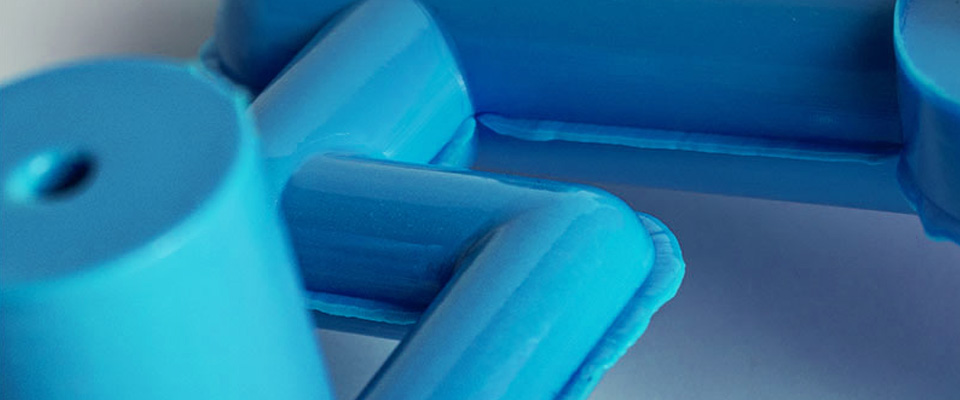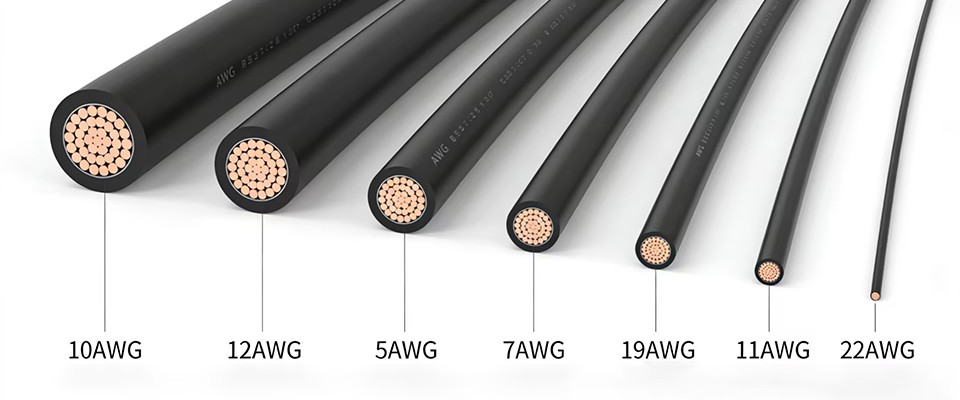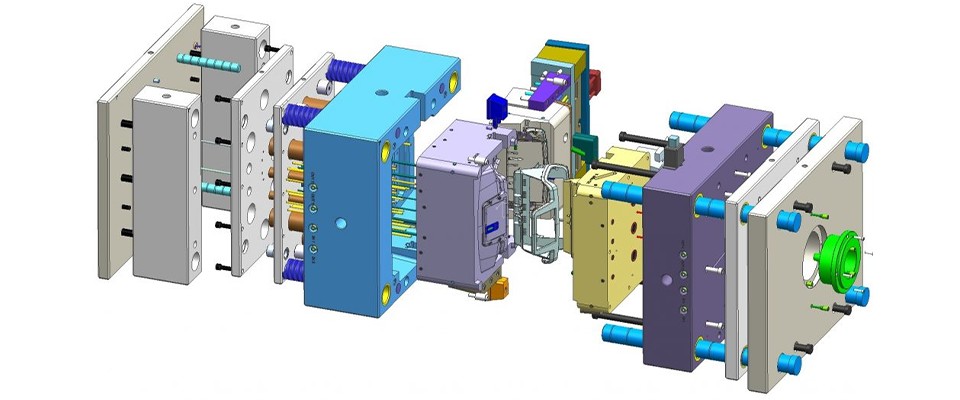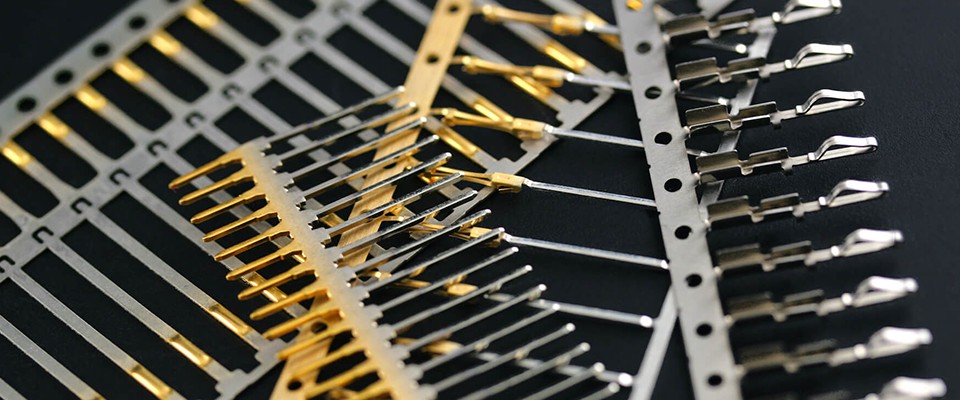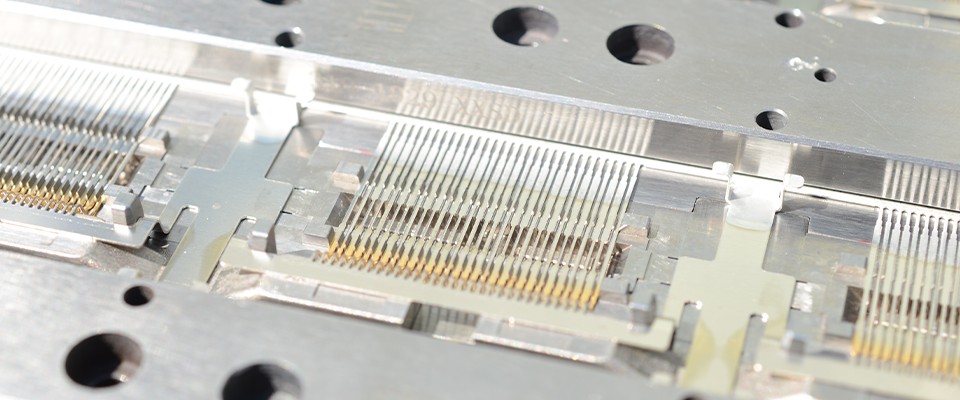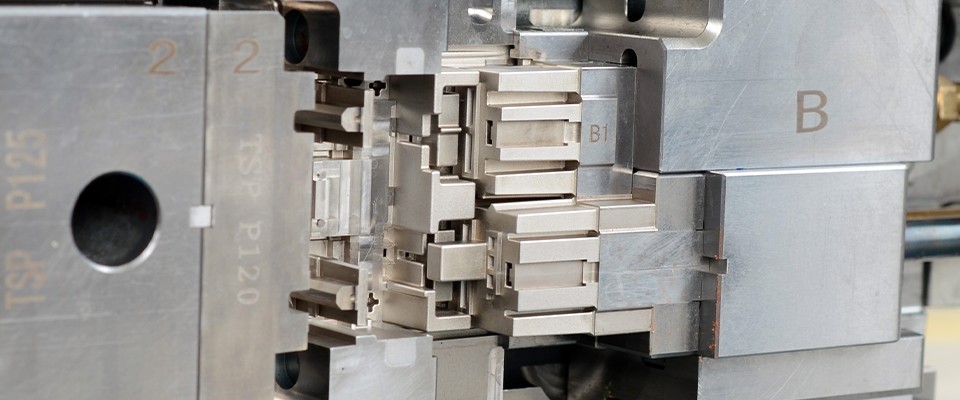Flash is a prevalent defect in injection molding that can be effectively addressed once its underlying causes are understood. This article explores the main causes of flash and offers potential solutions.
In the context of injection molding, flash refers to a thin layer of excess material that appears around the edges of a molded part, particularly at the parting lines, ejector pin locations, or near inserts. Flash occurs when molten plastic escapes from the mold cavity, typically due to issues related to clamping, machine settings, or mold wear.
Causes of Flash
Insufficient Clamping Force
When the mold isn’t held together with adequate pressure during injection, gaps can form, allowing molten plastic to escape.
Mold Misalignment or Wear
Over time, molds may degrade or misalign, leading to gaps where plastic can leak. Even minor misalignments can result in flash.
High Injection Pressure
Excessively high pressure can force molten material into small gaps in the mold, causing flash.
Poor Mold Design
Molds that do not maintain tight tolerances or fail to consider shrinkage, venting, or part geometry can be more susceptible to flash issues.
Prevention Strategies
Optimize Clamping Force
TSP, a leader in injection molding technology, emphasizes the importance of setting the right clamping force. Insufficient pressure can lead to flash, while excessive pressure can damage the mold. Finding the right balance is essential to prevent leakage without overstressing the mold.
Regular Maintenance
Routine inspections of molds are crucial for early detection of wear or damage. TSP recommends preventive maintenance to avoid degradation that can lead to flash formation.
Adjust Injection Pressure
Fine-tuning injection pressure is vital. Excess pressure can cause the material to seep into unwanted areas. Optimizing both pressure and injection speed can minimize the risk of flash.
Mold Alignment and Design
Ensuring proper alignment of molds during setup is key to reducing flash. TSP also advises using high-precision molds with minimal tolerances and well-planned venting strategies.
By maintaining the appropriate clamping force, conducting regular mold maintenance, optimizing pressure settings, and ensuring precise mold design, manufacturers can significantly reduce and control flash formation in injection molding processes.

